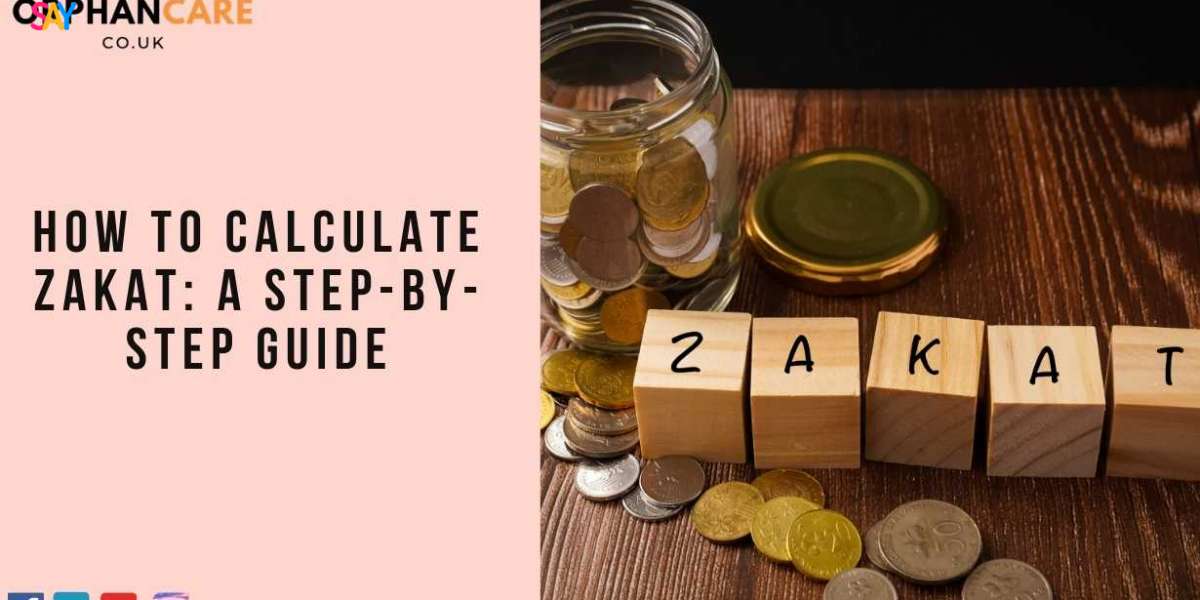Zakat is one of the five pillars of Islam and serves as a form of wealth purification, ensuring that wealth is distributed among the less fortunate. The zakat on gold is an important part of this, especially for those who possess gold in significant quantities. The calculation of zakat on gold has specific conditions that Muslims need to follow, which are outlined below.
1. Nisab Threshold for Gold
In Islam, the nisab is the minimum amount of wealth that a person must have before they are liable to pay zakat. For gold, the nisab is defined as 85 grams of gold (or 7.5 tolas). If a Muslim owns gold that meets or exceeds this amount, zakat becomes obligatory on that gold. If the gold a person possesses is less than this threshold, zakat is not required.
2. Zakat Rate on Gold
Once the nisab threshold is reached, zakat must be paid at a rate of 2.5% of the total gold held. This applies to gold in any form, whether it’s in the form of jewelry, coins, or bars. The calculation is simple: if someone has gold above the nisab threshold, they take the total value of their gold, calculate 2.5% of that value, and pay it as zakat.
For example, if a person owns 100 grams of gold, the calculation would be:
- Value of 100 grams of gold (assuming market price is $60 per gram): 100 grams × $60 = $6,000.
- Zakat payable: 2.5% of $6,000 = $150.
3. One Lunar Year (Hawl) Requirement
A key condition for zakat is that the gold must have been in the person’s possession for one full lunar year (hawl) before zakat becomes due. This means that if you buy gold, zakat is not immediately payable. You need to wait until it has been in your possession for a full lunar year. Only after this period is zakat calculated on the total value of gold held at that time.
4. Gold for Personal Use
There is some debate among Islamic scholars about whether gold held in the form of personal jewelry, especially for women, is subject to zakat. According to the Hanafi school of thought, zakat is obligatory on all gold, including personal jewelry. Other schools, such as the Maliki, Shafi’i, and Hanbali schools, argue that if the gold is used for personal, non-commercial purposes (e.g., jewelry that is regularly worn), it is not subject to zakat. However, if the gold is stored or kept as an investment or savings, zakat must be paid on it.
5. Zakat on Mixed Gold and Other Assets
If the gold is mixed with other assets or is part of a broader wealth portfolio, its value must still be assessed separately to determine the zakat payable on it. For instance, if a person has a combination of cash savings, gold, and investments, zakat needs to be calculated on each category based on its respective nisab and value.
6. Calculation in Modern Times
In the modern era, calculating zakat on gold can be simplified with the help of technology and online tools. Several websites and apps provide tools to help Muslims calculate the amount of zakat due based on the current market price of gold. The value of gold can fluctuate, so it’s important to use the current market price at the time zakat is calculated.
If you want to donate charity for orphans: https://www.orphancare.co.uk/donations/givewp-donation-form/
Conclusion
In summary, zakat on gold is obligatory for those who possess 85 grams or more, provided they have owned it for a lunar year. The rate of zakat is 2.5%, and it applies to all forms of gold, whether jewelry, coins, or bullion. However, scholars differ on whether gold worn as personal jewelry is subject to zakat, with most schools ruling that it is not, except in the Hanafi view. Calculating zakat on gold is essential for fulfilling one’s religious duties and ensuring the wealth is purified and benefits the community.




